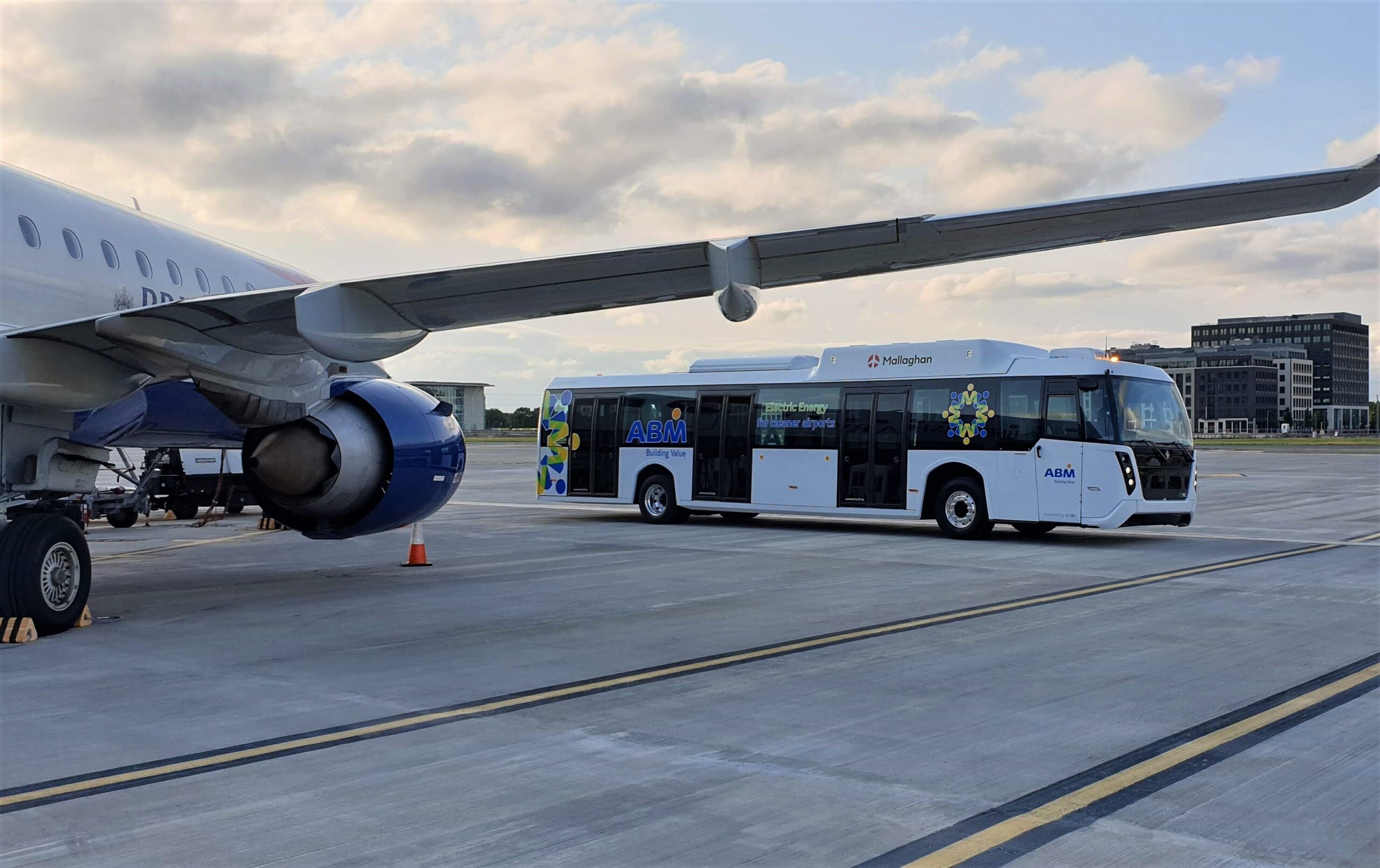Airport transportation sustainability is a topic that is often forgotten in conversations about sustainability. However, just like we do smog checks on cars on the road, it is critical we do something similar at airports. One possible outlet is using public transport for employees and even customers on their transit to the airport. But that is just one way we can cut the carbon costs.
Technological advancements play a pivotal role too. Electric and hybrid vehicles have gained popularity in airport shuttles, carts, and taxis due to their lower greenhouse gas emissions, contributing to cleaner air quality. Moreover, airports are investing in sustainable aviation fuel tanks that will be blended with regular kerosene. Many airlines want their image to be climate-friendly; therefore, they want airports to have the facilities to power their aircraft in the greenest way possible.

Comprehensive sustainability requires collaboration between airports, airlines, and local governments. Yes, even airlines play a large, yet commonly overseen, role. Shared ride services, carpooling programs, and incentives for green transportation can be collectively established to foster responsible travel choices.
Prioritizing airport transportation sustainability sets a positive example for both travelers and staff, promoting an eco-friendly culture in the aviation industry. By embracing such approaches, we can mitigate the environmental impact of air travel even on the ground.
